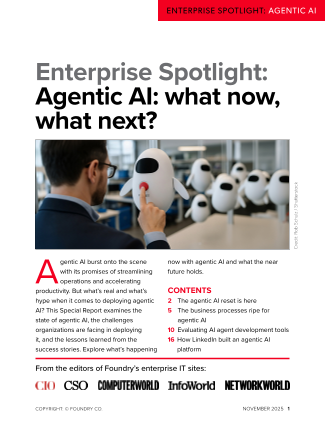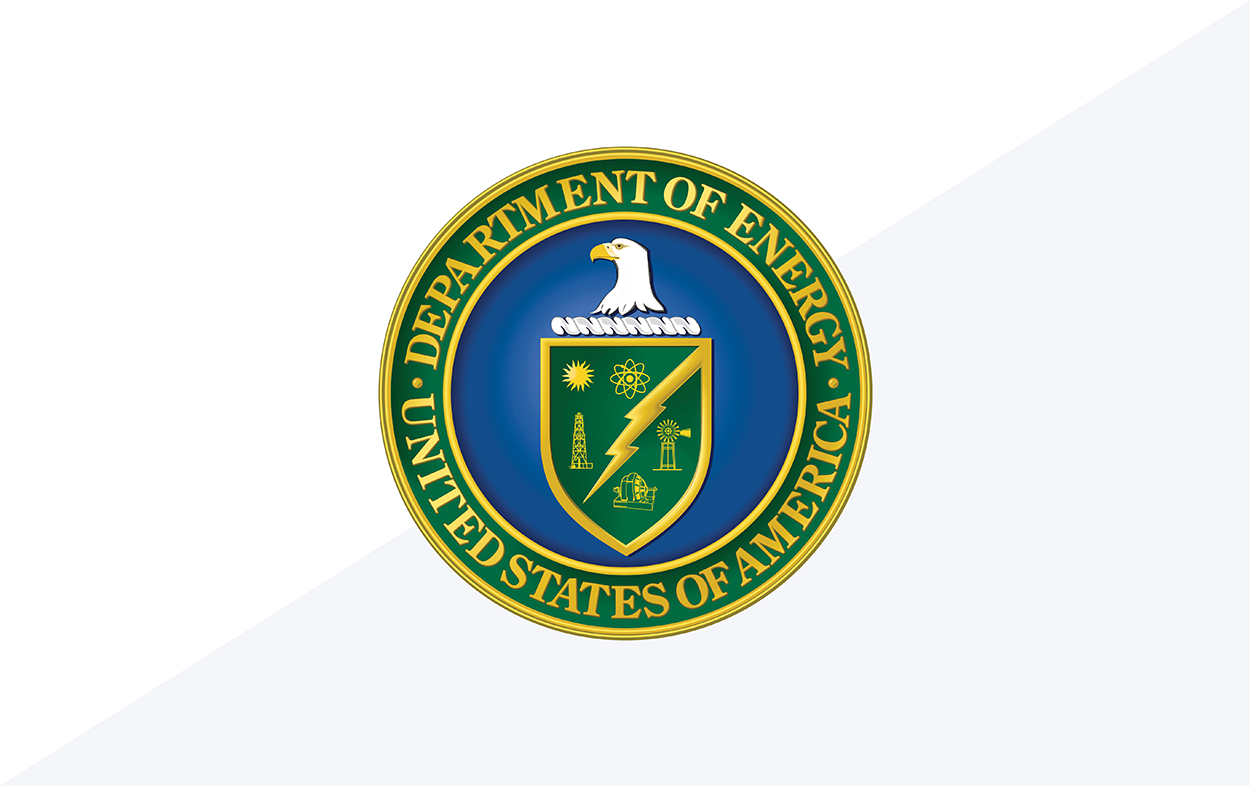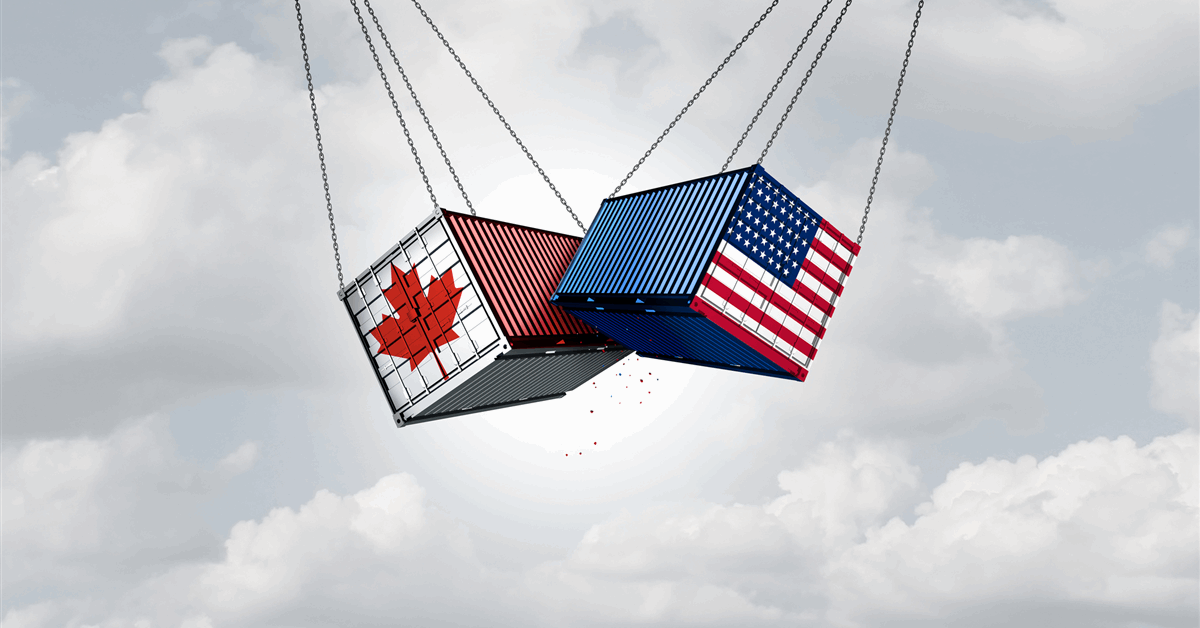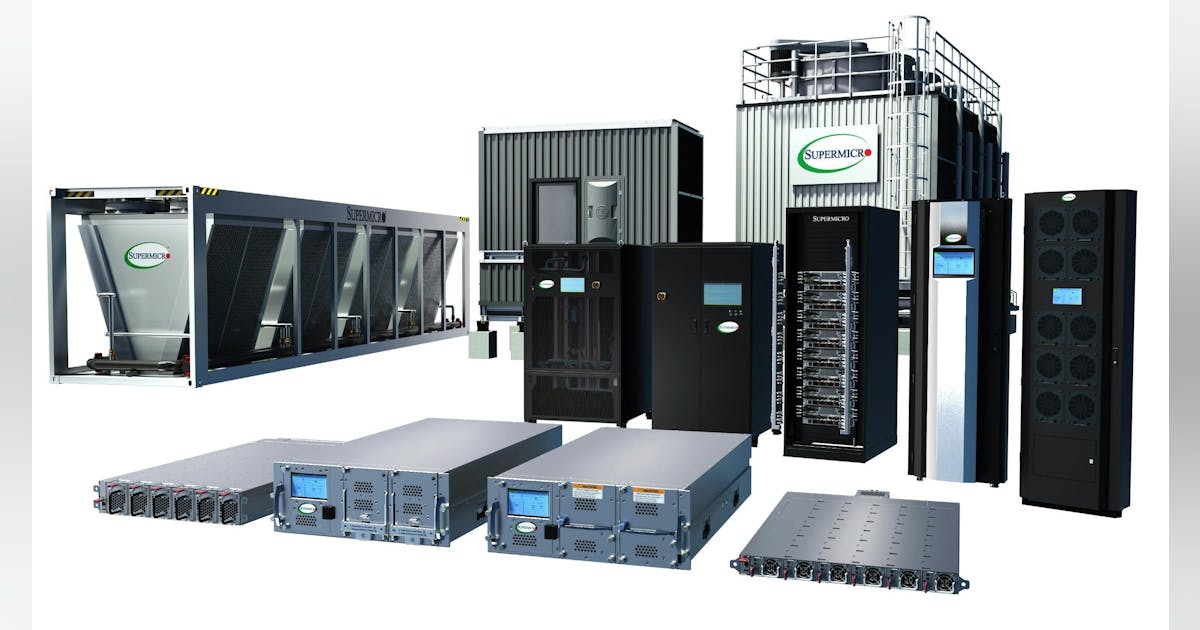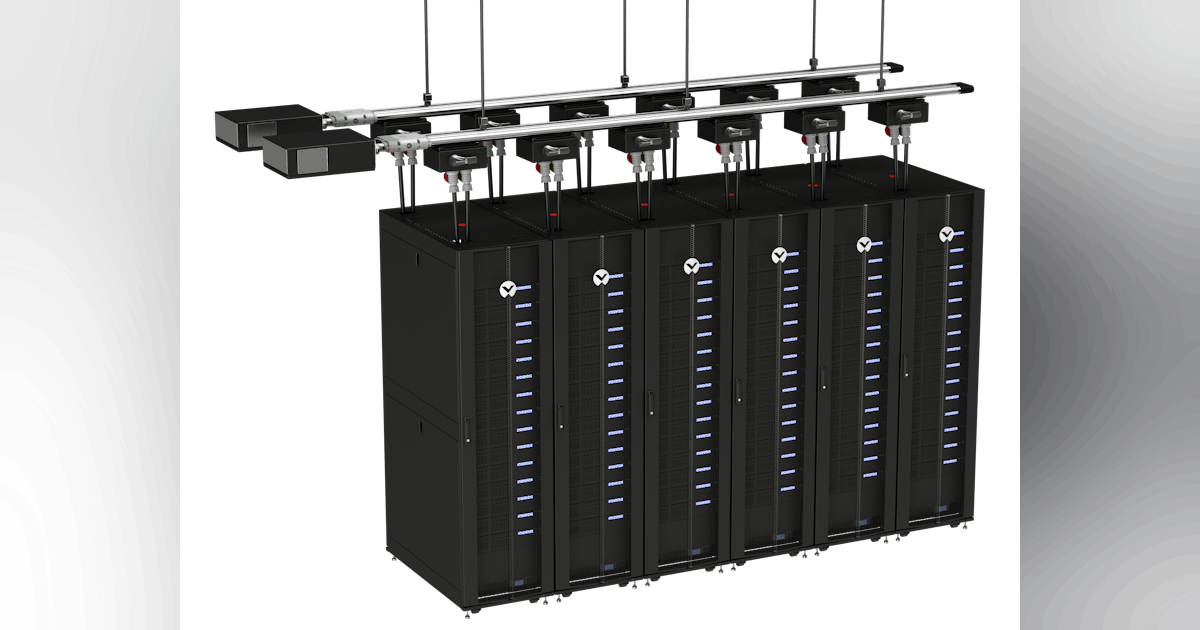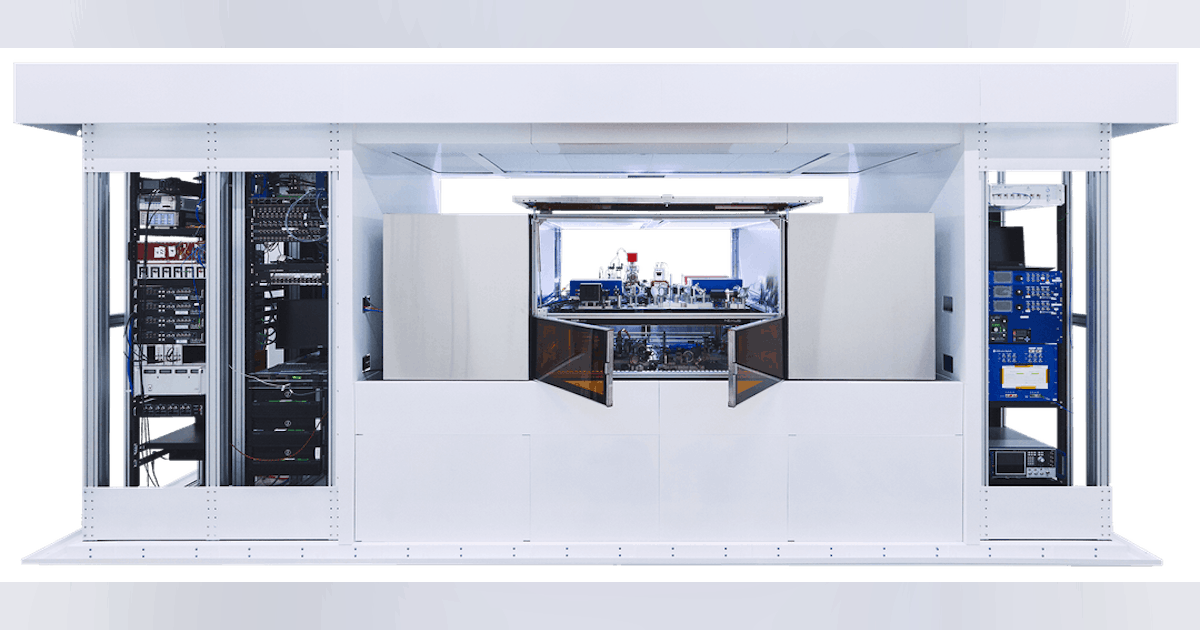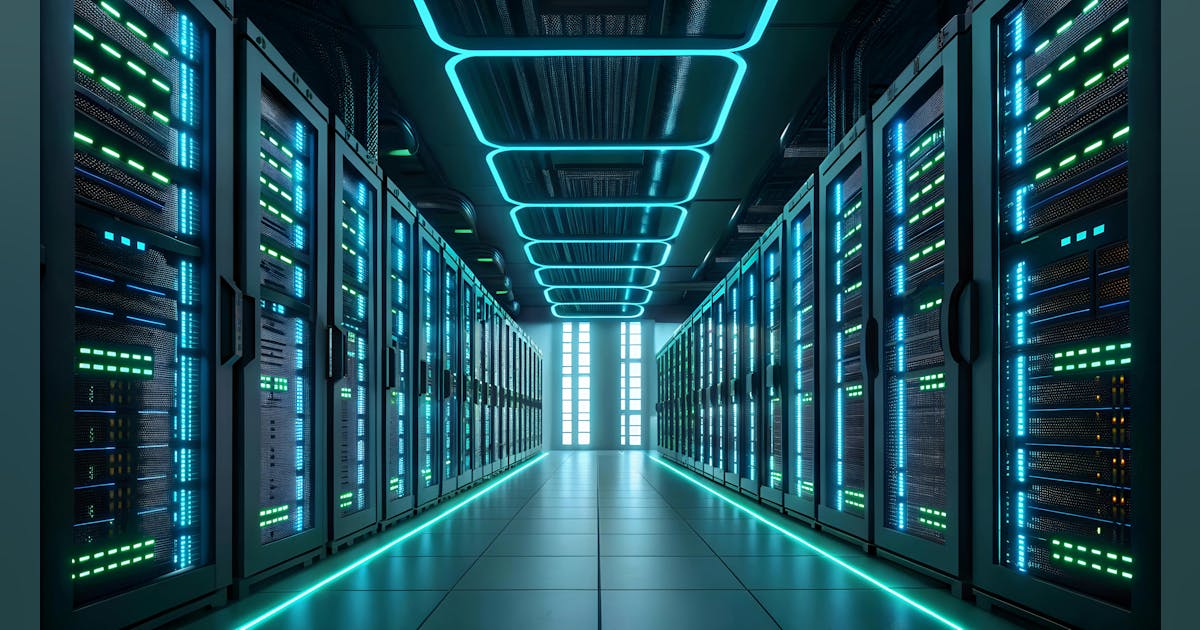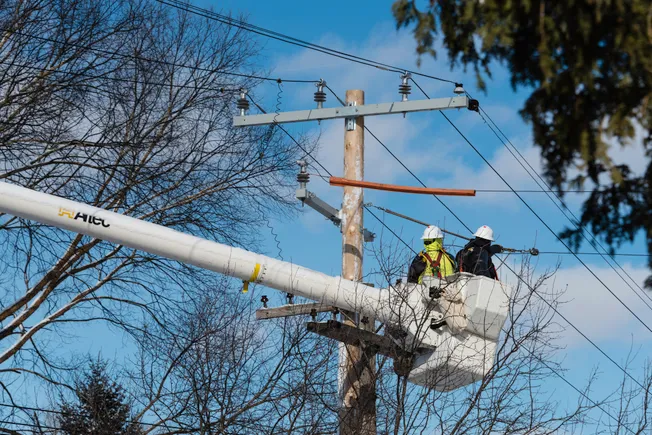
Calvin Butler is president and CEO of Exelon and Kenneth Cooper is the IBEW International president.
A resilient, secure and modern power grid is not only a technical achievement, it is a cornerstone of American competitiveness, national security and strength. The grid’s ingenious design has allowed it to operate in much the same way for centuries, delivering life-sustaining electricity to cities, rural towns, small businesses, manufacturing complexes and critical services across the country. Now, this dependable, age-old system is undergoing rapid change.
Our country and world are experiencing unprecedented energy demand. Nonprofit energy research center EPRI predicts that data center energy consumption could more than double by 2030. And just as the data centers now powered by the grid support artificial intelligence (AI) and other complex technology, the grid itself is becoming more complex to maintain. We must ensure there is a workforce with the skills and technological know-how to ready the grid for its next iteration, supporting new demand, but built to withstand increasingly extreme weather events and natural disasters.
This critical necessity was top of mind earlier this month when representatives from labor and management from across the energy industry convened for the National Labor and Management Public Affairs Committee’s annual meeting in Washington, D.C.
As leaders of the nation’s largest energy delivery company and the International Brotherhood of Electrical Workers, which represents 858,000 lineworkers, generation workers and other skilled tradespeople, we represent both sides in a critical, symbiotic relationship: energy infrastructure and those who build and operate it for the benefit of customers.
Partnerships between local energy companies and labor demonstrate what a robust, economy-spurring energy system requires. By prioritizing workforce development and innovation, we can continue leading the world in grid reliability and technology. It means industry can adapt and thrive, spurring prosperity through creation of jobs that sustain families. Our industry can and must be a source of solutions to the economic challenges in our communities.
America’s competitive advantage hinges both on the skill and ingenuity of our workforce and the resilience of our critical infrastructure. Readying our power grid for the future — and increasingly, for the present — requires a workforce uniquely equipped to design, install and maintain a system that integrates increased energy production, new energy sources, smart grid technologies and energy storage.
The collaboration between Exelon and the IBEW has led to investments in on-the-job training programs such as the Pepco utility training program at the District of Columbia Infrastructure Academy, and similar programs at Exelon’s five other utilities located across the Mid-Atlantic and Northern Illinois: Atlantic City Electric, Baltimore Gas and Electric, ComEd, Delmarva Power and PECO.
Exelon and the IBEW also appreciate how we have joined efforts to advocate for policies that support continued grid investment. The job opportunities created by grid modernization, including the repair and maintenance work performed by many IBEW members, are a powerful economic engine, creating increased demand for goods and services from local suppliers, construction firms, transportation companies and more.
While AI and technology have simplified many aspects of our lives, take a moment to consider the complexities of the grid that powers it, and the innovation of the workers who upgrade that grid every day. And each year on Lineworker Appreciation Day (July 10), join us in saluting the men and women who are maintaining the literal infrastructure of America’s economy and competitiveness for generations to come.

